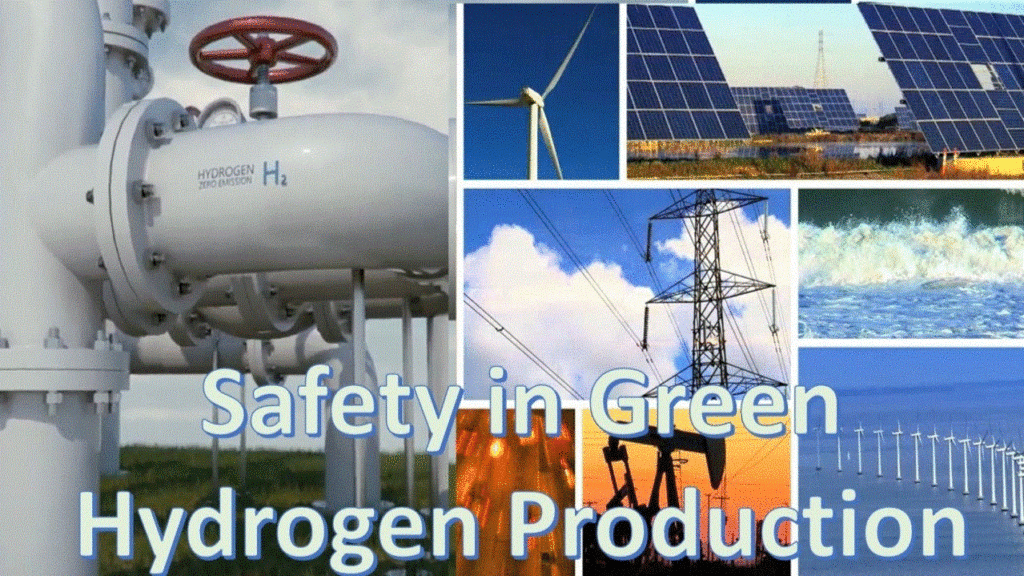Harnessing AI and Advanced Analyzers for Safe and Efficient Hydrogen Operations:
Hydrogen is increasingly recognized as a cornerstone of the global energy transition
No longer limited to feasibility studies and small-scale demonstrations, the hydrogen value chain has reached a point where the greatest challenges lie in ensuring safety, efficiency, and reliable operability. From production to end-use, every step requires precision monitoring and intelligent optimization.
The Beginning of the Value Chain: Electrolysis
Electrolysis represents the entry point of the hydrogen economy. In this process, renewable electricity splits water into hydrogen and oxygen. The benefits are clear: when powered by wind, solar, or hydro, the result is “green hydrogen”—a zero-carbon fuel with broad applications across power generation, mobility, and industry.
Yet, electrolysis is not without risks. Membrane degradation, crossover of oxygen and hydrogen, and fluctuations in renewable electricity supply can lead to hazardous mixtures or unstable operating conditions. Continuous monitoring of oxygen concentration in hydrogen and hydrogen in oxygen streams is therefore critical to prevent explosions, ensure system integrity, and provide early warning of equipment aging or fouling.
The Transportation Challenge
Once produced, hydrogen must be safely moved to where it is needed. Pipelines provide a logical extension of existing natural gas infrastructure but pose material embrittlement risks and require strict control of hydrogen concentration. Other pathways—cryogenic liquid carriers, ammonia, or liquid organic hydrogen carriers (LOHC)—add complexity in terms of energy intensity, purity management, and reconversion processes.
Blending hydrogen with natural gas offers a near-term solution, with typical ratios between 5% and 20%. This approach allows immediate reductions in carbon intensity, but it also requires precise control of the mixture to maintain the Wobbe index, combustion stability, and compliance with safety regulations. Even minor deviations in blend composition can affect burner performance, pipeline safety, and downstream equipment.


